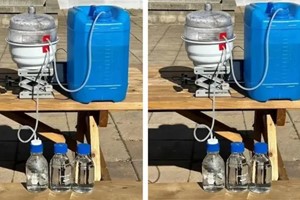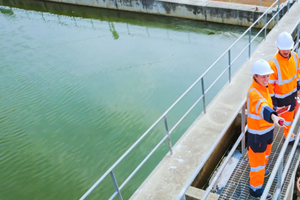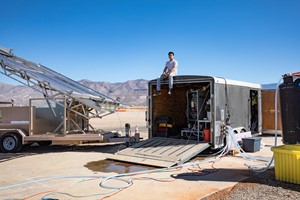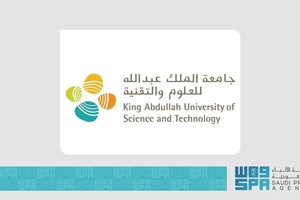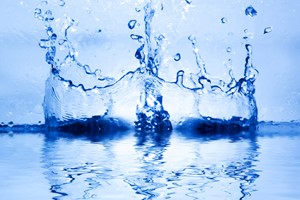Researchers at the University of Waterloo have unveiled a groundbreaking desalination device that harnesses solar energy to produce clean drinking water from seawater. This innovative technology could offer a sustainable solution to the global water crisis, particularly benefiting coastal and island nations where fresh water is scarce.
The new device stands out for its remarkable energy efficiency, converting 93% of sunlight into usable energy, a significant leap forward from current desalination methods. This efficiency allows the system to generate approximately 20 liters of fresh water per square meter daily, meeting the World Health Organization’s recommended daily water requirement per person. Dr. Michael Tam, a professor in Waterloo’s Department of Chemical Engineering, notes, “Our inspiration comes from observing how nature sustains itself and the way water evaporates and condenses in the environment.”
Traditional desalination systems, which rely on membrane-based separation processes, are both energy-intensive and prone to operational issues such as salt buildup. This accumulation often necessitates frequent maintenance, disrupting continuous operation. In contrast, the new device mimics nature’s water cycle, evaporating and condensing water in a closed system to eliminate salt buildup and enhance sustainability. As Dr. Tam explains, “The system we’ve engineered induces water to evaporate, transports it to the surface, and condenses it in a closed cycle, effectively preventing the accumulation of salt that reduces the efficiency of the device.”
At the heart of this technology is a combination of advanced materials, including nickel foam coated with a conductive polymer and thermoresponsive pollen particles. Designed by PhD students Eva Wang and Weinan Zhao, these materials absorb sunlight across the solar spectrum and convert it into heat. This heat causes a thin layer of seawater on the polymer surface to heat up and move upward through capillary action, similar to how trees transport water. As the water evaporates, the salt descends to the bottom layer, preventing blockages. This self-cleaning mechanism ensures continuous operation without maintenance, akin to a swimming pool’s backwash system.
The device’s reliance on solar energy and its self-cleaning capabilities represent a significant improvement over traditional desalination technologies, which often require constant maintenance. Dr. Yuning Li, another professor from Waterloo’s Department of Chemical Engineering, highlights the device's additional advantage: “This new device is not only efficient but also portable, making it ideal for use in remote regions where access to fresh water is limited.”
The portability of the device makes it particularly suitable for remote and resource-limited areas. The researchers are planning to build a larger prototype for testing at sea to explore its scalability. If successful, this technology could significantly contribute to advancing UN Sustainable Development goals related to health, water, inequality, and sustainable consumption. Dr. Tam concludes, “If the test is proven successful, the technology can sustainably supply fresh water to coastal communities and advance UN Sustainable Development goals three, six, 10, and 12.”
By Sujita Sinha




